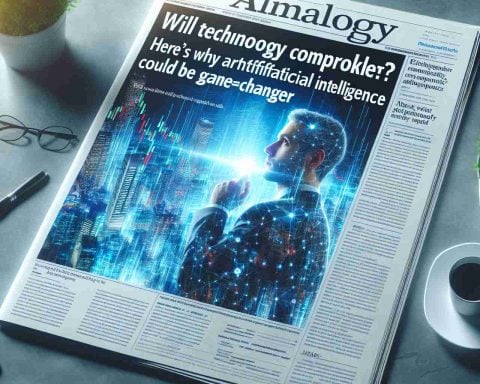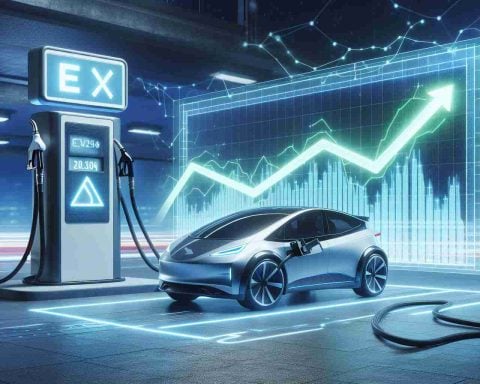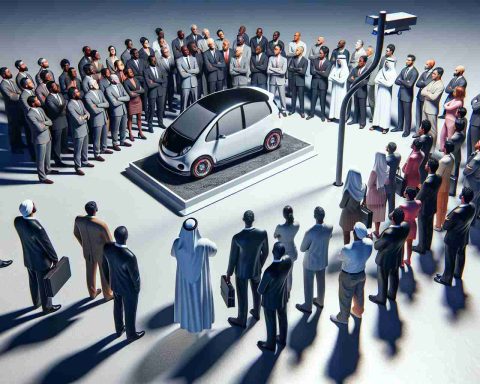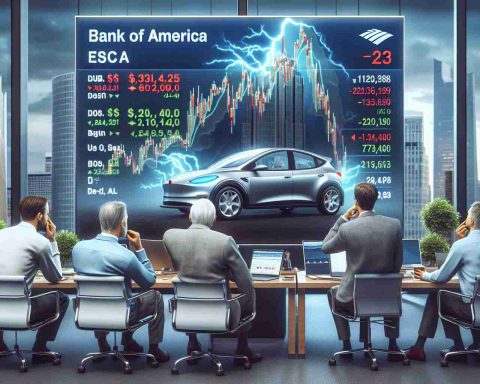Electric cars are not just a fleeting trend; they are becoming smarter and more integrated with technology to prepare for a networked future. As the transportation industry shifts gears to an electrified model, a groundbreaking development is taking place: electric cars are being equipped with Vehicle-to-Everything (V2X) communication technologies. This innovation enables cars to “talk” with each other, traffic signals, and even pedestrians, revolutionizing road safety and efficiency.
V2X technology allows electric vehicles to share information wirelessly with their surroundings. This means that cars can inform each other of traffic conditions, potential hazards, or even optimize routes for better energy efficiency. For example, imagine approaching a busy intersection where traffic lights are adjusted based on real-time data received from nearby vehicles. This would reduce traffic congestion and minimize the carbon footprint of stop-and-start traffic.
In addition to enhanced traffic management, V2X communication also plays a crucial role in the future of autonomous driving. Combining the power of artificial intelligence with real-time communication can drastically improve the safety and reliability of self-driving cars. This interconnected system promises a seamless and intuitive transportation experience, with electric vehicles leading the charge.
With the rapid advancements in vehicle communication technologies, the significance of electric cars extends beyond just being eco-friendly. As their ability to communicate amplifies, it paves the path for smart cities and a more connected world where the electric revolution is harmonized with cutting-edge technology.
The Future of Transportation: How V2X Technology is Transforming Electric Vehicles
In recent years, the automotive industry has witnessed a significant shift towards electrification, driven by a growing emphasis on sustainable and smart mobility. A pivotal component of this transformation is Vehicle-to-Everything (V2X) communication technology, which is poised to revolutionize how electric vehicles interact with their environment. Beyond the basic premise of reducing carbon footprints, V2X technology is advancing the functionality and integration of electric cars into the broader ecosystem of smart cities.
Features and Innovations of V2X Technology
One of the standout features of V2X technology is its ability to enable real-time data exchange between electric vehicles and their surroundings. This capacity extends to various layers of communication, including Vehicle-to-Vehicle (V2V), Vehicle-to-Infrastructure (V2I), and even Vehicle-to-Pedestrian (V2P) interactions. Such versatile communication channels are pivotal in crafting well-coordinated transportation networks where road safety and traffic efficiency are optimized.
Moreover, V2X technology is an enabler of autonomous driving. By seamlessly integrating with AI systems, electric vehicles can make informed decisions based on real-time data about road conditions, traffic patterns, and potential hazards. This not only enhances the safety profiles of self-driving cars but also boosts their reliability, making them a more attractive choice for consumers and transportation planners alike.
Use Cases and Applications
The application of V2X communication in electric vehicles heralds numerous practical benefits. For urban planners and policymakers, it means more efficient traffic management systems that can dynamically adjust to current conditions, reducing bottlenecks and emissions. For individual users, it promises a smoother, more predictive driving experience. Imagine a scenario where your electric car autonomously optimizes its route based on dynamic traffic data or responds instantaneously to signals from nearby emergency vehicles, thereby enhancing passenger safety.
Market Analysis and Trends
The adoption of V2X technology in electric vehicles is also influencing global automotive trends. As more cities aspire to become ‘smart cities,’ the demand for interconnected transportation solutions is expected to surge. This will likely lead to increased investments in V2X infrastructure and a broader acceptance of electric vehicles as critical players in urban mobility schemes.
Compatibility and Security Aspects
One of the challenges faced by V2X technology is ensuring compatibility across different types and brands of vehicles and infrastructure. Achieving seamless interoperability is essential to maximize the benefits of vehicle communication. Additionally, safeguarding these communication networks against potential cybersecurity threats is of utmost importance, necessitating robust encryption protocols and data privacy measures.
Sustainability and Future Predictions
Integrating V2X technology with electric vehicles aligns well with global sustainability goals. With the potential to significantly reduce traffic congestion and associated emissions, this innovation contributes to cleaner and greener urban environments. Looking ahead, the push for standardized V2X technologies and continuous improvements in AI and machine learning algorithms are expected to further enhance the capabilities of electric vehicles.
As V2X technology continues to evolve, the transportation landscape will increasingly reflect a connected, efficient, and environmentally conscious paradigm, paving the way for future innovations that further intertwine electric vehicles with the urban fabric. To learn more about the developments in this exciting field, visit the main domain of reputable automotive and technology leaders such as link name or link name.











